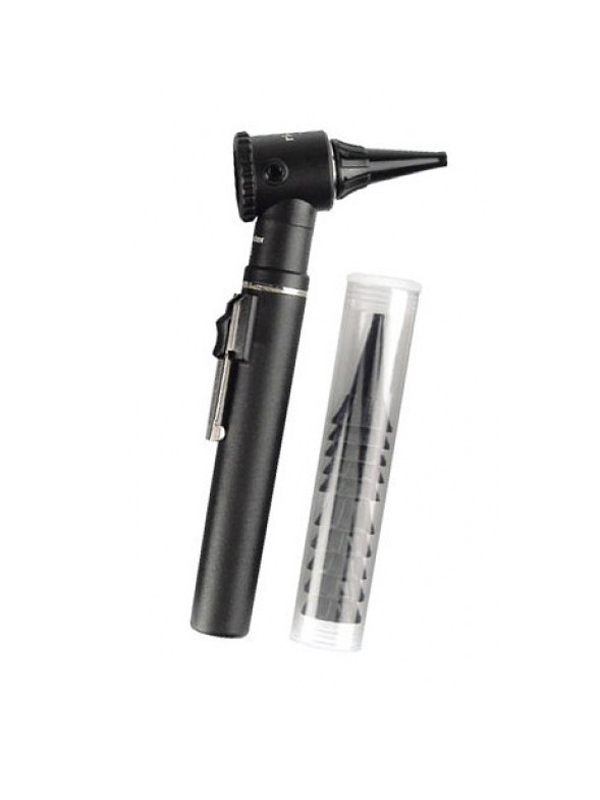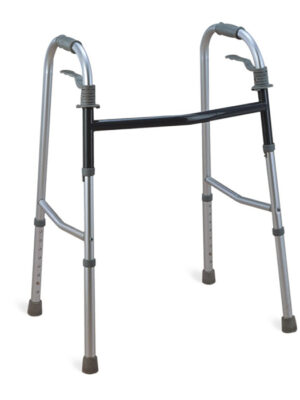Gynae Table is basically made up of three components: an operating table column, the table top and the transporter. Modern operating table systems are available as both stationary and mobile units. There are a wide range of table tops that can be used for both general surgery and for specialist disciplines. Mobile operating tables, however, tend to be equipped with a specific discipline in mind. The base, column and table top form a unit.
Since the table column for a stationary operating table system is firmly anchored to the floor, the additional necessary medical devices can easily be brought to the operating area and positioned. These devices include, for example, x-ray equipment, which can easily be slid under the table top. For personnel, the system offers improved leg space since disruptive foot geometry is no longer present.
Additional elements can be adapted to the operating table. This flexibility is very important since it enables the table to be adapted to suit the relevant patient or the surgical discipline.
The advantage of the mobile operating table, on the other hand, is that the position of the table can be changed within the operating room. However, the foot of the table limits the leg space available to the surgical team. The individual segments of the table top can be easily removed and replaced. They also permit x-rays and conduct electricity.
Another special feature of the operating table system is the ability to use appropriate interface modules to establish communication with diagnostics systems, for example, angiography, MR and CT. This is only possible with stationary columns since the systems require a fixed point.







Reviews
There are no reviews yet.